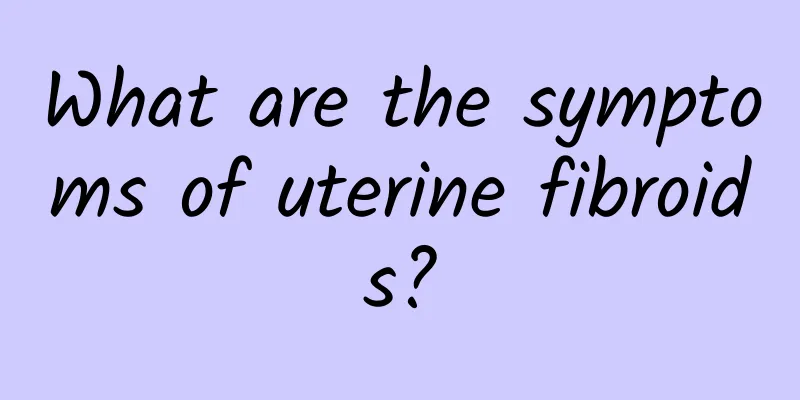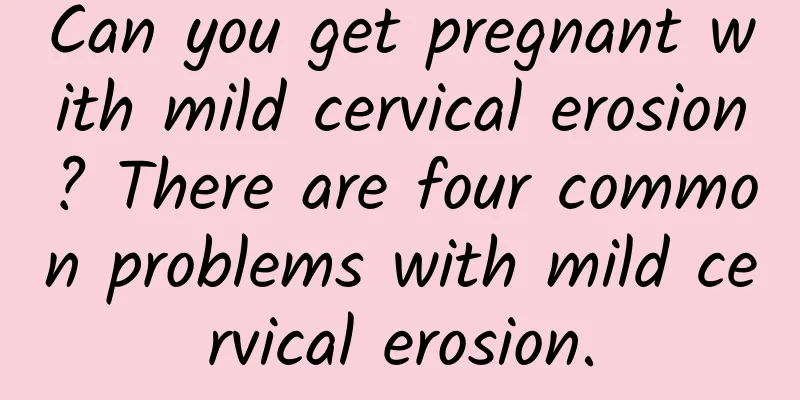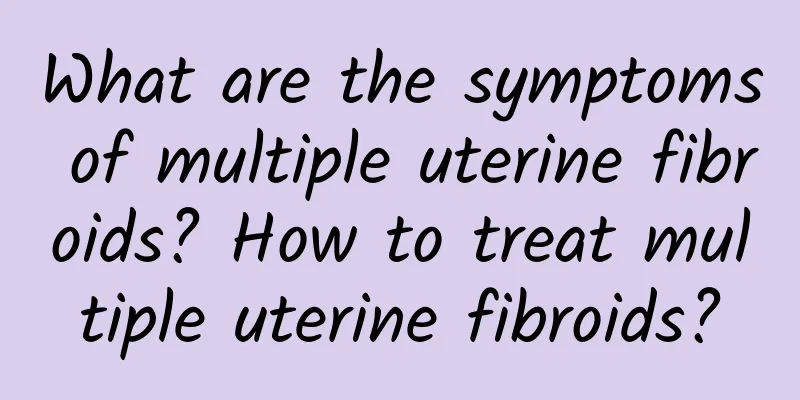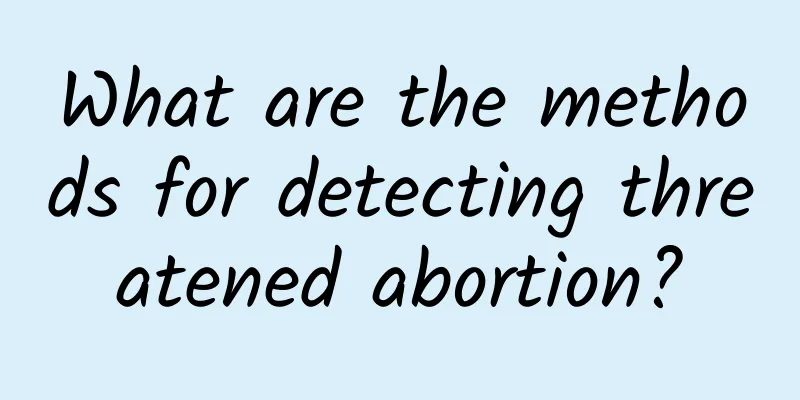What are the symptoms of uterine fibroids?

|
The main symptoms of uterine fibroids include abnormal uterine bleeding, increased menstrual flow or prolonged menstruation, and pelvic pain or pressure. If you experience obvious discomfort, you should seek medical attention as soon as possible. The symptoms of uterine fibroids vary depending on the location, size, and number of the fibroids. Some people may not even have any symptoms. The most common symptom is menstrual changes, including heavy menstrual flow, prolonged menstrual periods, or bleeding between periods, which may lead to anemia. Larger fibroids can compress the bladder or rectum, causing frequent urination, difficulty urinating, or constipation. Some patients experience pelvic pressure or severe pain, especially when pedunculated fibroids twist. Unexplained dysmenorrhea, infertility, or recurrent miscarriages may also be related to uterine fibroids. If the fibroids are submucosal, the symptoms may be more severe. Symptoms usually improve in women after menopause, but if the fibroids increase in size or symptoms persist, you need to be alert to potential malignant lesions. The most common symptom is menstrual changes, including heavy menstrual flow, prolonged menstrual periods, or bleeding between periods, which may lead to anemia. Larger fibroids can compress the bladder or rectum, causing frequent urination, difficulty urinating, or constipation. Some patients experience pelvic pressure or severe pain, especially when pedunculated fibroids twist. Unexplained dysmenorrhea, infertility, or recurrent miscarriages may also be related to uterine fibroids. If the fibroids are submucosal, the symptoms may be more severe. Symptoms usually improve in women after menopause, but if the fibroids increase in size or symptoms persist, you need to be alert to potential malignant lesions. To relieve or treat uterine fibroids, patients can choose medication, minimally invasive surgery, or hysterectomy. Medications can use gonadotropin-releasing hormone agonists (GnRH agonists) to control the size of fibroids, or use intrauterine devices containing levonorgestrel to reduce bleeding. Minimally invasive surgeries, such as hysteroscopic myomectomy or laparoscopic myomectomy, are suitable for conservative treatment for those who wish to retain fertility. For patients with severe symptoms and no fertility needs, hysterectomy may be the final option. In daily care, it is recommended to avoid high-estrogen foods, ensure adequate iron intake, and perform moderate exercises, such as yoga, to reduce pelvic pressure and relieve symptoms. Patients with fibroids need to have regular checkups, especially when new symptoms appear or symptoms worsen, and communicate with their doctors in a timely manner. |
<<: Does uterine cold and pelvic inflammatory disease affect pregnancy?
>>: Symptoms of cervicitis, pelvic inflammatory disease, endometritis
Recommend
Zhang Ting shared a recent photo of Lin Ruiyang, and lost 7.5 kilograms! Doctor: Eating only vegetables and no meat is a "torture strategy" that can lead to the development of
Lin Ruiyang, who was once known as "Taiwan&#...
What are the common symptoms of vaginitis
Vaginitis, or inflammation of the vagina, is a gr...
Is menstrual irregularity hereditary?
I believe most women should know that many women ...
What kind of infection is Bartholin's gland cyst?
Bartholin's gland cysts are usually not cause...
What causes cervical erosion? Cervical erosion is mainly caused by four reasons
With the development of modern society, many gyne...
Experts explain effective methods to prevent dysmenorrhea
The incidence of dysmenorrhea is very high among ...
Conservative treatment of ovarian cysts in ectopic pregnancy
Ectopic pregnancy and ovarian cysts are two diffe...
Makes you burn fat more effectively! Eat turmeric before exercise to lose weight quickly
What can you eat before exercise to help boost yo...
Specific symptoms of uterine fibroids What is the best thing to eat if you have uterine fibroids
What are the specific symptoms of uterine fibroid...
Only by taking good care of adnexitis can we keep the disease away from us
The occurrence of adnexitis brings a lot of incon...
How much does ectopic pregnancy surgery cost? It depends on the patient's physical condition
If the fertilized egg implants and grows outside ...
Is painless abortion really painless? How much harm does painless abortion do to women?
With the advancement of medicine, abortion surger...
What is an erosive hydatidiform mole?
Invasive mole is a rare but serious pregnancy com...
To detox and lose weight in spring, you must eat high-fiber sweet potato dishes! Sweet potatoes are rich in dietary fiber and are a good helper for weight loss
Spring is a good time to detoxify and lose weight...
Can I have an abortion by taking medicine when I am just pregnant? Let's find out
Medical abortion is simple and convenient to use,...









